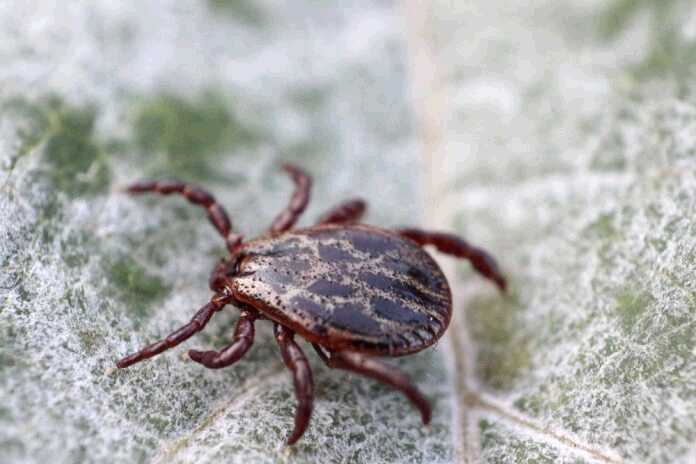
As the weather gets warmer, hungry ticks start coming out of hiding seeking to latch on to something or someone for a meal. Ticks are tiny insects related to spiders—even adult ticks only grow to about the size of an apple seed. They have flat, oval bodies often swelling when they feast. Their meal of choice—blood from animals like birds, deer, and even humans. Ticks are notorious for carrying and spreading diseases like Lyme disease.
What is Lyme Disease?
According to the Centers for Disease Control and Prevention (CDC), Lyme disease is caused by the bacterium Borrelia burgdorferi transmitted by infected blacklegged ticks. Common symptoms of include fever, headache, fatigue, and a distinct skin rash known as erythema migrans. If left untreated, the infection could spread throughout the body causing arthritis, inflammation of the brain and spinal cord, partial paralysis (especially in the face), nerve pain, and an irregular heartbeat.
Facts about Lyme Disease
Time is on Your Side
After a day out in nature, if you find a tick attached to you, remove it immediately with fine-tipped tweezers. Blacklegged ticks need to be attached to the body for at least 24 hours before they can transmit Lyme disease. If you live in an area infested with ticks, do a body check at least once a day. Take note if you start to feel any symptoms after noticing a tick bite.
Lyme Disease Affects Certain Areas of the United States
Luckily, at least for some of us, Lyme Disease isn’t an issue everywhere in the United States. The CDC lists three regions where infections occur most:
- The Northeast and mid-Atlantic–from Maine to Virginia
- The Upper Midwest including Wisconsin, Minnesota, and Illinois
- Parts of the West Coast especially Northern California
There have been reported cases in other parts of the country, but at least some of these could be due to travelers being bit by an infected tick then discovering the disease weeks later in their home state.
Check the CDC’s map of reported cases of Lyme disease.
You Can’t Get Lyme Disease from Human Contact
If someone close to you is diagnosed with Lyme disease, don’t start running the other way. Lyme disease is solely transmitted from the bite of an infected blacklegged tick. There have been no reported cases of the disease transmitted by human contact including sexual intercourse and through breast milk.
Individuals being treated for Lyme disease, however, should not donate blood because the bacteria can live in blood stored for donation. Though there is a potential for this, no reported cases involve blood transfusions.
Pregnant Women with Lyme Disease Need to Get Treated
Pregnant women suspecting they have Lyme disease should see their doctor immediately to diagnose and start treatment. Untreated Lyme disease can cause an infection in the placenta leading to possible stillbirth. Luckily, the fetus of someone being treated with Lyme disease does not have the same risks.
A tiny tick could cause big problems for your health. Make sure you know the facts about Lyme disease.






























